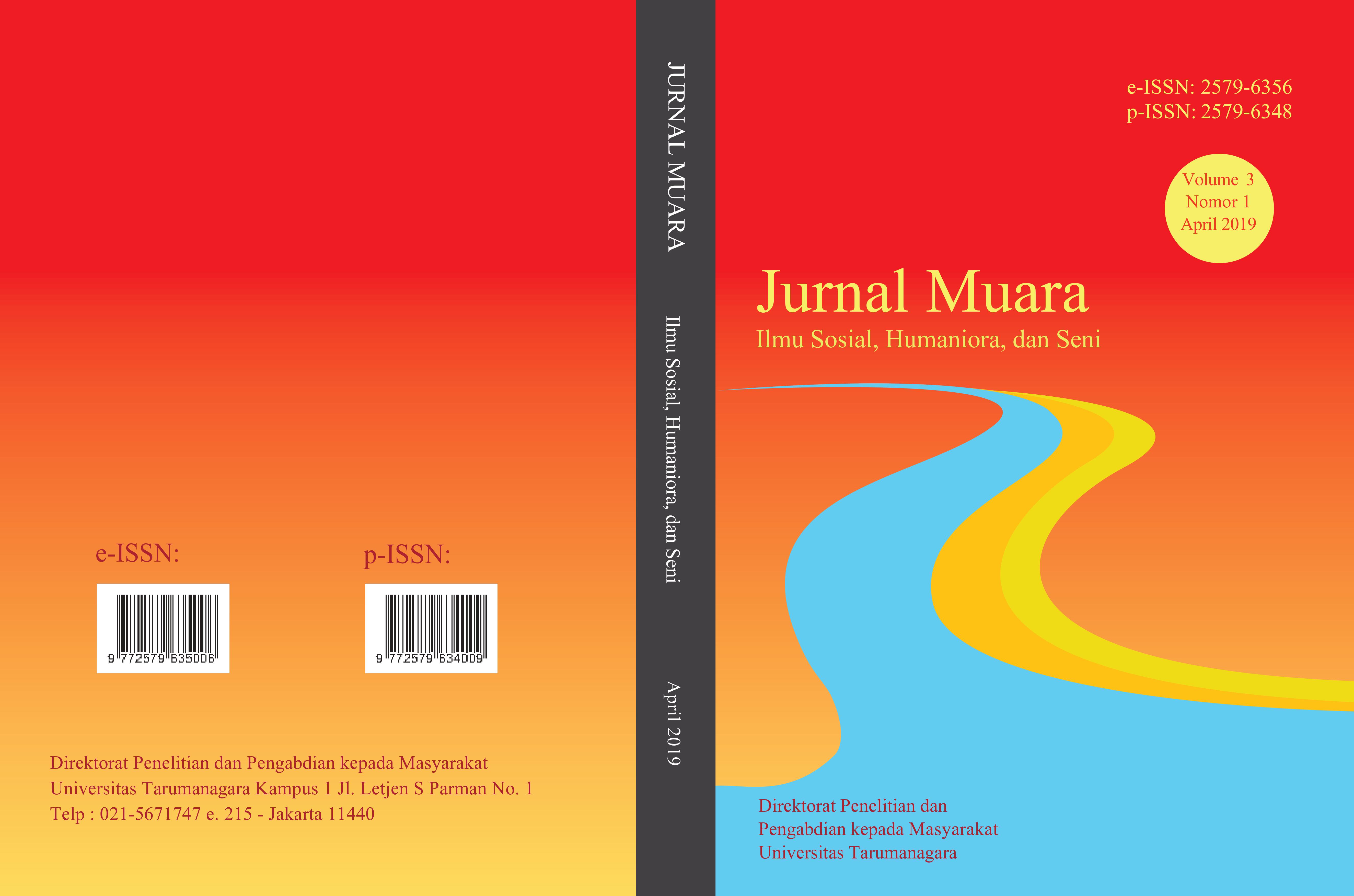PENGGUNAAN DRONE PADA PELIPUTAN BERITA TELEVISI (Perspektif Wartawan Televisi Terhadap Etika Peliputan Menggunakan Drone)
Main Article Content
Abstract
Saat ini pesawat drone telah menjadi perlengkapan wajib dalam peliputan berita. Pesawat drone memberikan kemudahan dan penghematan bagi media pemberitaan untuk mengambil gambar dengan sudut pengambilan dari angkasa. Dengan drone media massa, terutama televisi dapat memperkaya visual dalam beritanya. Namun dengan segala kelebihannya, penggunaan pesawat drone tetap harus mempertimbangkan etika jurnalistik. Antara lain persoalan privasi dan izin peliputan. Penelitian ini hendak menggali perspektif wartawan terhadap etika jurnalistik ketika melakukan peliputan dengan memanfaatkan pesawat drone. Penelitian ini menggunakan perspektif kualitatif dengan metode fenomenologi. Penelitian ini melibatkan empat orang wartawan drone (drone journalist) dari dua stasiun televisi. Wartawan yang dapat mengemudikan drone belum banyak. Masing-masing televisi hanya memiliki empat orang wartawan. Dari empat wartawan drone, peneliti mengambil partisipan dua orang wartawan drone yang telah bersertifikat dan berpengalaman pada masing-masing televisi. Hasil penelitian menunjukkan bahwa tidak semua wartawan drone memahami dengan benar etika peliputan menggunakan drone. Tututan tugas untuk mendapatkan gambar yang bagus menyebabkan para wartawan drone terkadang mengabaikan etika peliputan drone.
Currently, drones have become a mandatory equipment in news coverage. Drones provide convenience and cost savings for the media to take bird eye pictures. With drones, mass media, especially television can enrich the visual aspect of their news. However, with all its advantages, the use of drones must still consider journalistic ethics such as privacy issues and permission to report among other things. This research is aimed to explore the perspective of journalists toward the journalism ethics on television news coverage using drone technology. This research used qualitative approach with phenomenology method. This research involved four drone journalists from two television stations. Not many reporters can control a drone, each television station has four journalists who can do so. From the four drone reporters, the researchers took two certified and experienced drone reporters from each television station as participants. The result shows that not all drone reporters are aware about the ethics of drone usage on news coverage. The demand to obtain good footage causes drone reporters to ignore journalism ethics on drone use.
Article Details
References
Bungin, Burhan. (2007). Penelitian Kualitatif Komunikasi, Ekonomi, Kebijakan Publik, dan Ilmu Sosial Lainnya. Jakarta: Kencana Prenada Media Group.
Chapa, Lilly. (2013). Drone journalism begins slow take off: Ethical, legal issues abound as drones contemplated for newsgathering. News media and the law. 37(2): 9-10.
Chamberlain, Phillip. (2017). Drones and journalism: How the media is making use of unmanned aerial vehicles. New York: Routledge
Corcoran, Mark. (2014). Drone Journalism: Newsgathering applications of Unmanned Aerial Vehicles (UAVs) in covering conflict, civil unrest and disaster. https://cryptome.org/2014/03/drone-journalism.pdf
Creswell, J., W. (2012), Research design, Pendekatan kualitatif, Kuantitatif dan Mixed. Yogyakarta: Pustaka Pelajar.
Culver, Kathleen Bartzen (2014). From battlefield to newsroom: Ethical implications of drone technology in journalism. Journal of Mass Media Ethics. 29: 52–64.
Curry, Colleen. (2013). Drones Eyed by Paparazzi, J-School Teaching Reporters How to Fly Them. https://abcnews.go.com/US/drones-eyed-paparazzi-school-teaching-reporters-operate/story?id=18782432
Gibb, Alexandra Suzanne. (2011). Droning the story. A thesis submitted in partial fulfillment of the requiriements for the degree of master of journalism in the faculty of graduate studies The University of British Columbia. Vancouver.
Goldberg, David, Mark Corcoran, and Robert G. Picard. (2013). Remotely Piloted Aircraft Systems & Journalism: Opportunities and Challenges of Drones in News Gathering. Oxford, UK: Reuters Institute for the Study of Journalism. http://reutersinstitute.politics.ox.ac.uk/publication/remotely-piloted-aircraft-systems-and-journalism
Griffin, Emory A. (2003). A First Look at Communication Theory, 5th edition, New York: McGraw-Hill.
Jarvis, John C. (2014). The ethical debate of drone journalism: flying into the future of reporting. Research Paper. http://opensiuc.lib.siu.edu/gs_rp/475
Kompas.com. (2015). Memotret Menggunakan "Drone" di Indonesia Harus Ada Izin. https://nasional.kompas.com/read/2015/07/28/17254691/Memotret.Menggunakan.Drone.di.Indonesia.Harus.Ada.Izin.
Ntalakas, Andreas; Dimoulas, Charalampous; Kalliris, George; Veglis, Andreas. (2017). Drone journalism: Generating Immersive Experiences. Journal of Media Critiques. 3(11): 187-199.
The Daily Octagon. (2015). Ulasan Soal Drone dalam Kegiatan Jurnalistik oleh Komunitas Pewarta. https://daily.oktagon.co.id/ulasan-soal-drone-dalam-kegiatan-jurnalistik-oleh-komunitas-pewarta/
Tompskin, Al. (2017). Poynter workshops produce new drone journalism ethics policy. https://www.poynter.org/news/poynter-workshops-produce-new-drone-journalism-ethics-policy
Tremayne, Mark, and Andrew Clark. (2014). “New Perspectives from the Sky: Unmanned Aerial Vehicles and Journalism. Digital Journalism. 2 (2): 232–246.


